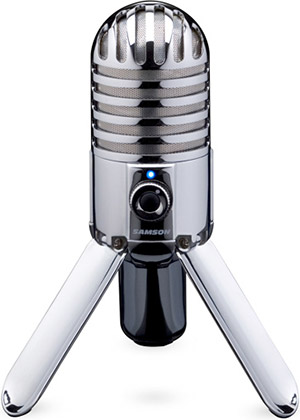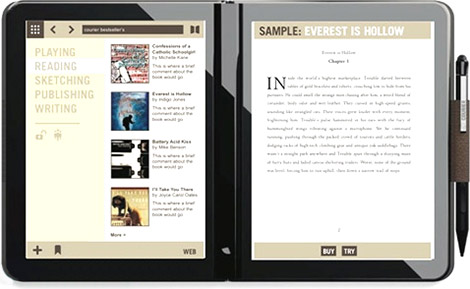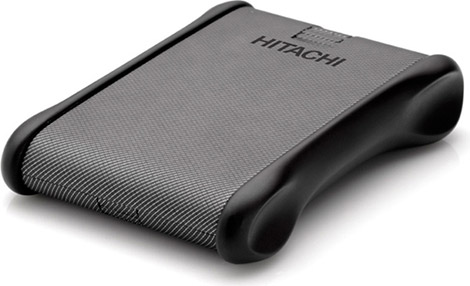Spacetop for Windows Unleashes the Future of Mobile Work. No Monitors. No Boundaries.
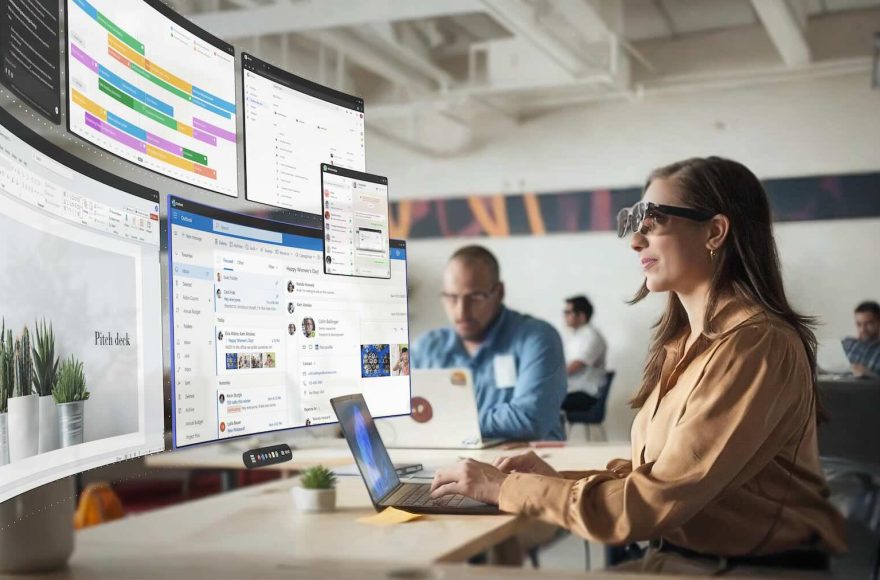
Sightful’s latest launch, Spacetop for Windows, represents a fundamental shift in how we approach mobile productivity. Previously available only as a hardware and software package built on Android, the reimagined version cuts the cord and opens its AR workspace to Windows laptops. This strategic pivot positions Spacetop as a software-first platform designed to scale with the rapidly expanding ecosystem of AI-capable PCs.
The transition to software-first wasn’t merely a business decision but the fulfillment of Sightful’s original vision. Hardware development was a necessary detour when the market lacked PCs powerful enough to handle spatial computing demands. That landscape has dramatically changed with the arrival of AI laptops featuring dedicated Neural Processing Units (NPUs) and integrated architecture tailored for real-time performance. As Tamir Berliner, CEO and co-founder of Sightful, explains, “Spacetop is exactly why AI PCs were designed. It unlocks the true power of the architecture.”
The Critical Role of AI Processing
Traditional laptops have always struggled with the efficiency and battery requirements needed to support persistent AR workspaces. What Spacetop could technically accomplish on CPU or GPU alone came with a severe power penalty. The breakthrough arrived with the introduction of NPUs in modern laptops. These specialized processors don’t just offload AI tasks from the main system—they transform the entire power equation.

“Everything that you can do on the NPU today you can do on the CPU and GPU, but it does that at a tenth, even a hundredth of the energy,” Berliner emphasizes. “That is exactly where we see the benefit.” This dramatic improvement in energy efficiency finally made a software-only version of Spacetop viable without compromising performance or battery life.
Berliner draws a parallel to earlier computing revolutions: “If you look at laptops or compute, 40 years ago we got introduced to the CPU that practically changed software forever. It allowed us to write software into an already existing device and standardize executables.” The GPU similarly revolutionized graphics processing by handling visual tasks at a fraction of the energy cost. Now, the NPU represents the next evolutionary leap, enabling entirely new categories of computing experiences that were previously impractical.
For Spacetop specifically, the new architecture of CPU, GPU, and NPU working in concert unlocks capabilities that would otherwise drain a laptop battery within hours. “Just to tie it back to the founding of the company,” Berliner notes, “for the longest time, we looked at the hardware that was in market and said, there’s no hardware that would allow us to deliver the Spacetop experience without draining a battery.”
Windows: The Most Requested Feature
The pivot to Windows wasn’t just a logical step—it was the most requested feature across Sightful’s four-year journey. “The number one request from users and businesses was ‘When is it coming to Windows?’ Today is that day,” Berliner states. Users wanted freedom from web-only workflows, expanded local storage, and access to the full suite of Windows applications that define their productivity.
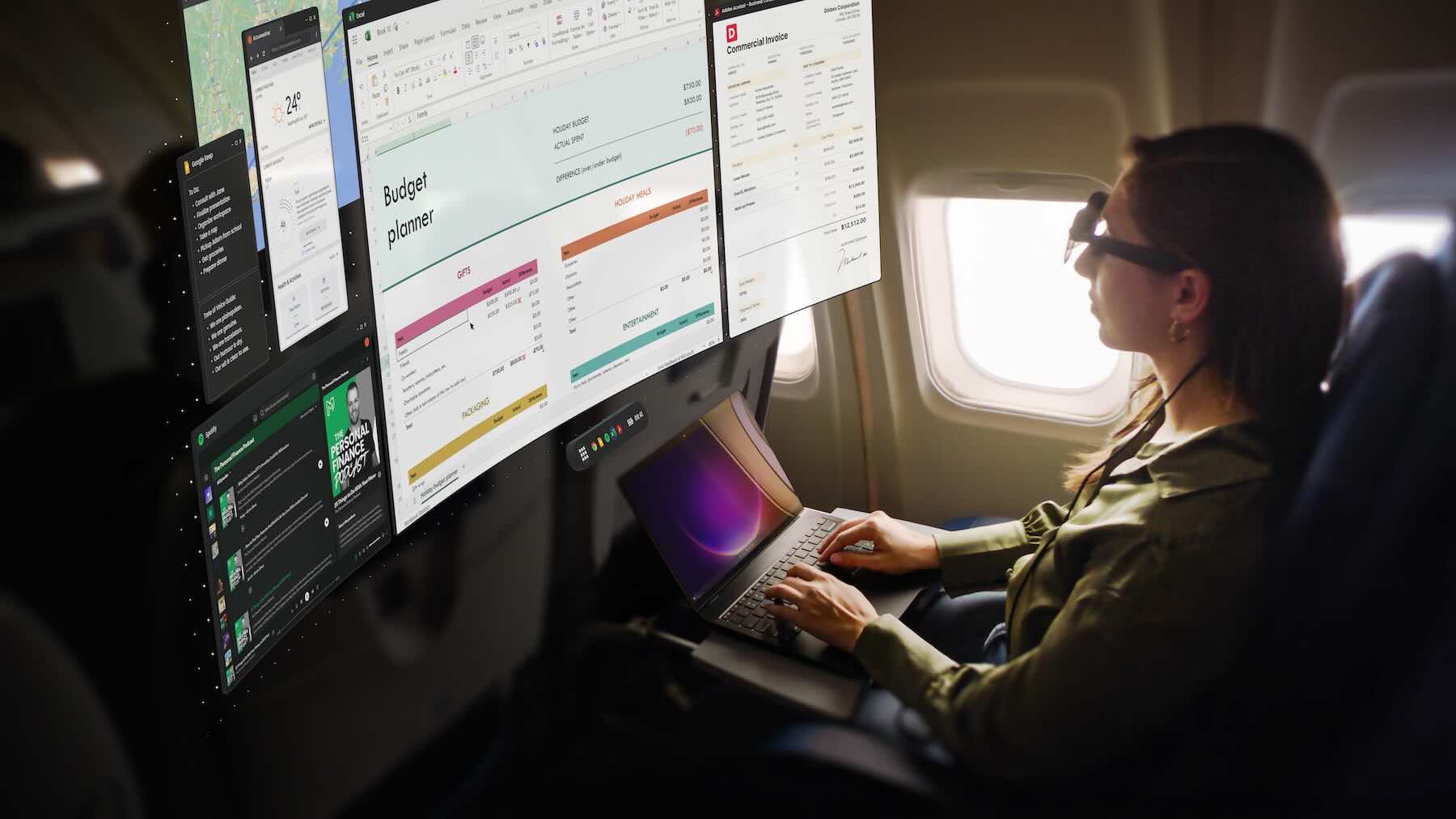
This shift also signals Sightful’s first global expansion push. Germany leads the international rollout, supported by key strategic partnerships: Deutsche Telekom for European B2B distribution, SHI for enterprise deployment in North America, and Intel for long-term platform alignment and co-development. “Now that the hardware ecosystem has matured,” Berliner explains, “we’re thrilled to meet global demand through trusted international partners.”
The Intel partnership is particularly significant. As Berliner describes it, “A lot of this experience that you see working on planes, on trains, working seamlessly requires that new compute paradigm with the NPU component. With our algorithms and joint collaboration with Intel, we managed to bring them to be very performant and efficient.”
A Canvas, Not Just a Screen
With Spacetop, users gain access to a spatial environment specifically designed for productive work. It creates a private, 100-inch virtual workspace layered into your surroundings. Multiple applications can run side by side, and you can shift, resize, and reposition them with keyboard shortcuts instead of dragging windows between physical screens.

Berliner makes a crucial distinction between Spacetop’s approach and traditional displays: “Everything you see is practically a canvas, not a screen. What it means is that the canvas itself doesn’t take fixed dimensions.” Unlike a conventional monitor that serves as a pixel delivery device with fixed resolution constraints, Spacetop’s canvas concept breaks the relationship between screen resolution and application presentation.
“Screens have resolution limits. Screens again deliver pixels—they’re pixel projection devices,” Berliner explains. “When we started, we translated screens into AR. But you quickly reach a dilemma: if you render a very big screen, it kills the battery, and you’re limited because nothing does more than 8K resolution.” The canvas approach solves these limitations by showing applications in an intuitive way without being constrained by traditional screen paradigms.
The experience feels remarkably natural. “Anytime we gave users the screen, they tried to pull a window out of the screen,” Berliner notes. “Because quickly enough, it feels like a room to you. Just like you hang a calendar on your wall, you practically put a calendar in one spot that you can reference whenever you want.”
The OS experience remains native and intuitive, yet the real benefit is immersion without obstruction. You maintain full access to business and creative software, but your workspace travels with you. Whether in a car, plane, cafe, or client office, your setup remains expansive, ergonomic, and private.
Adaptive Technology for Real-World Use
The clarity and brightness of the AR display adjust to lighting conditions, working effectively indoors or out. The system uses XREAL Air Ultra 2 glasses that weigh only 83 grams—you’re not strapping a bulky headset to your face. This lightness plays a crucial role in all-day usability, offering noticeable relief from the neck strain and hunched posture that come from staring down at a traditional laptop.
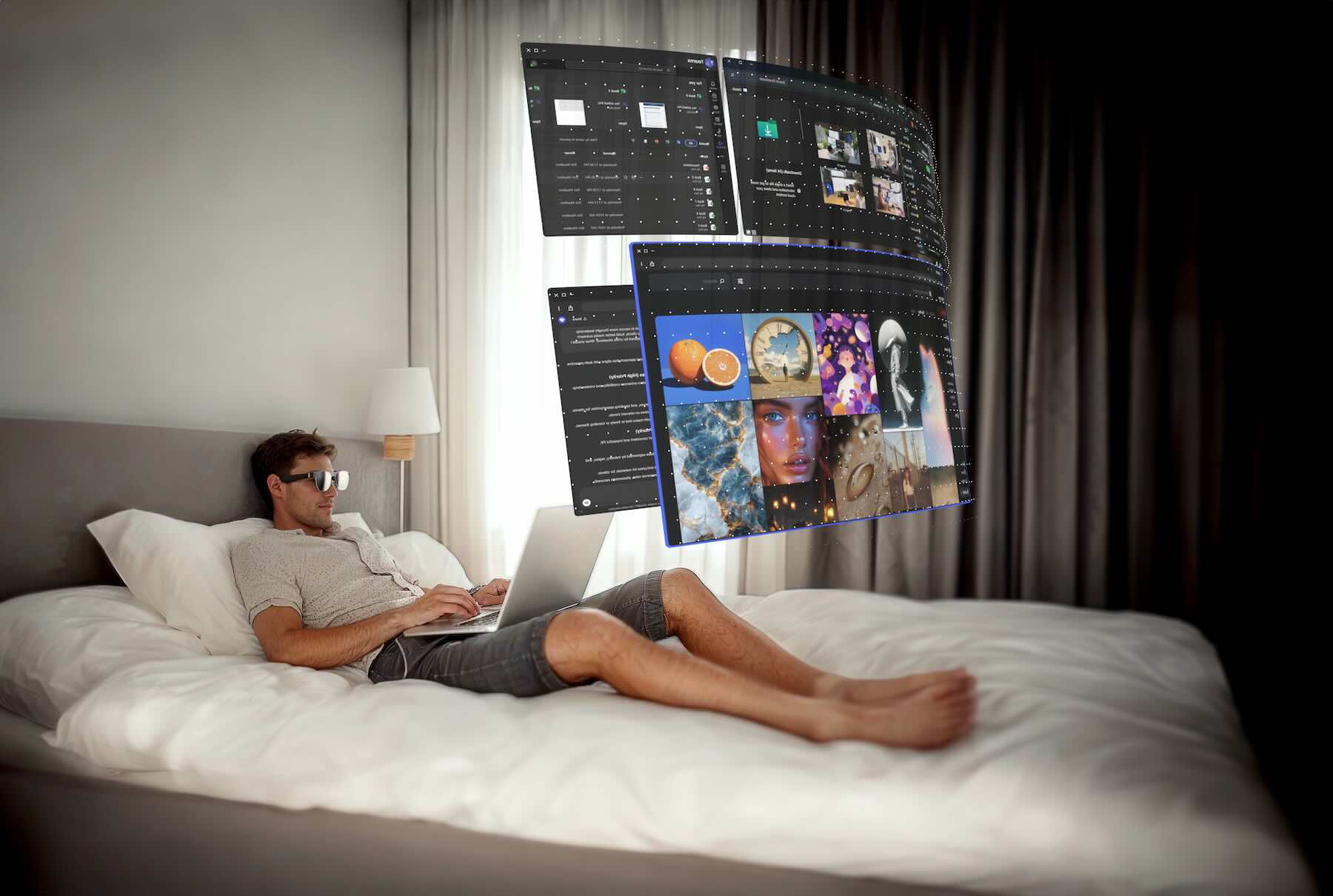
Sightful worked closely with XREAL to optimize the hardware for productivity scenarios. “We were pushing for dynamic beaming of the model so that when people use it outdoors, the content is visible,” Berliner explains. Another key modification involved tilting the cameras downward by 15 degrees. “The reason is because we know our customers are walking from airplanes, they are in an Uber on the way to a meeting. For us to make sure that the canvas is connected to your physical keyboard, we have to see the keyboard.”
Spacetop’s ergonomics also directly enhance its portability advantages. There’s no need to haul external monitors, tablet stands, or travel docks. The entire environment is digital—from the multi-window layout to the immersive field of view and the reduced eye fatigue that comes from looking forward rather than down.
Hardware Requirements and Availability
This version of Spacetop is optimized specifically for AI PCs with Intel architecture. It works with laptops equipped with modern NPU, CPU, and GPU combinations, including machines like the Dell XPS (Core Ultra 7), HP EliteBook, Lenovo Yoga Slim, Asus Zenbook, Acer Swift Go 14, and the Surface Laptop for Business. These devices aren’t niche products but reflect a broader transition already unfolding across enterprise and education sectors.

Berliner is clear about the current technology constraints: “Right now, it’s important to note this is the first point in time we are seeing compute being just good enough. If that’s the bar of good enough, it’s practically just touching it. From here, every year we’re going to see improvement.”


Market projections support this momentum. Canalys estimates that 19 percent of PCs shipped in 2024 will be AI-capable, jumping to 60 percent by 2027. HP expects one in four PCs it ships in 2025 to fall into that category. That’s why Sightful isn’t waiting for the market to catch up. It’s targeting users already making that transition.
The full Spacetop for Windows bundle launches at $899. That includes the XREAL Air Ultra 2 AR glasses and a 12-month Spacetop subscription. After the first year, annual renewal costs $200, with monthly options planned for the future. For users who wear glasses, prescription lens inserts are available at $50 for single vision and $150 for progressive lenses.
Built for Real Productivity
This isn’t a casual-use product designed for AR gaming or video streaming. Spacetop focuses entirely on professional productivity, bringing the benefits of a multi-monitor home office setup into a single device that fits in a backpack. Unlike most AR platforms today that are better suited for viewing media or displaying basic floating screens, Spacetop makes full use of spatial design principles.
Sightful has discovered interesting adoption patterns among early users. “We’ve seen great traction with people who prefer to work from coffee shops or from the backyard,” Berliner notes. “And anyone that has travel as part of their job.” He adds with some surprise, “Funny enough, I’m not sure why, but we get a lot of people who do taxes for others, especially in the US.”
The company’s leadership and partners are clear about the intent. COO and co-founder Tomer Kahan states, “Spacetop is for people who need to work securely, comfortably, and powerfully today.” Amy Troxell of SHI highlights how Spacetop has already made an impact within enterprise trials: “The reactions within SHI, our partners, and customers have had while experiencing Spacetop is astounding. There’s just nothing like it.” Deutsche Telekom’s Dr. Maximilian Ahrens describes it as redefining mobile productivity, offering a secure, digitized workspace that scales with modern B2B demands.
The future of AR computing has always hovered at the edge of what’s practical. With Spacetop for Windows, it finally lands in reality. It’s fast, focused, and tailored for professionals who don’t want to sacrifice privacy, posture, or power just because they’re mobile. That makes it not only timely but necessary. Our review unit is en route, and we’ll soon find out whether this virtual workspace can truly replace the physical multi-monitor setups we’ve grown accustomed to.
